An education: Calgary’s Taylor Institute is a new and experimental space for learning

On the bones of an old art museum at the University of Calgary, Diamond Schmitt Architects (DSAI) have designed a new hub of learning. At the nexus of a new campus gateway, the Taylor Institute of Teaching and Learning is also at the center of a movement seeking new approaches to pedagogy.
The essential idea expressed architecturally, notes DSAI principle and project architect Matthew Lella, is that 'learning takes place all the time, everywhere and in a whole range of ways.' From lectures to informal meetings and study groups, 'educational exchanges happen inside and outside of more structured approaches.'
Using the footprint of the old Nickel Arts Museum, but opening up its dark, cavernous interiors, DSAI have created a light filled space imbued with a sense of open learning. The facility brings together disparate disciplines from across the campus and acts as an educational laboratory. Its hyper flexible teaching spaces house everyone from art students to physics professors.
The building is composed of two perpendicular rectangular boxes – both unified and differentiated by a giant steel truss – that suspends an East-West spanning glass atrium. Here a central spine acts as an axis for a wide variety of learning spaces and two cantilevered projections that extend over the front entry plaza and into the campus green, blurring indoor and outdoor.
An amphitheatre offers students a vista from which to observe the activities throughout the central atrium, while inventive 'hanging pods' – suspended by steel cables – offer more intimate spaces for study groups. DSAI are known for their theatres (including the Mariinsky in St Petersburg) and their attention to acoustic engineering shines through here, with wood paneling offering auditory buffers so that students can be part of a large public space as well as smaller groups.
Another challenge for the architects was to use technology to enhance intimacy and communication and to 'bring people closer together.' In this age of digitally distracted students, they wanted human exchange, not technology, to be the focus.
To that end a mezzanine tucked away from the public sphere on the first floor and hidden below the second floor research space, disguises nuts and bolts. Tubes and wires disappear under floors, loudspeakers and monitors are hung on rather than built into walls, and wireless is everywhere.
DSAI’s theatre prowess enters the realm of pedagogy as the building breaks the fourth wall of learning. This is a place where students observe and are themselves observed, where teachers become pupils, disciplines collide and interior spaces are interchangeable set pieces.
At once an experimental and social space, the Taylor Institute offers an innovative theatre in the round approach to the architecture of open learning.
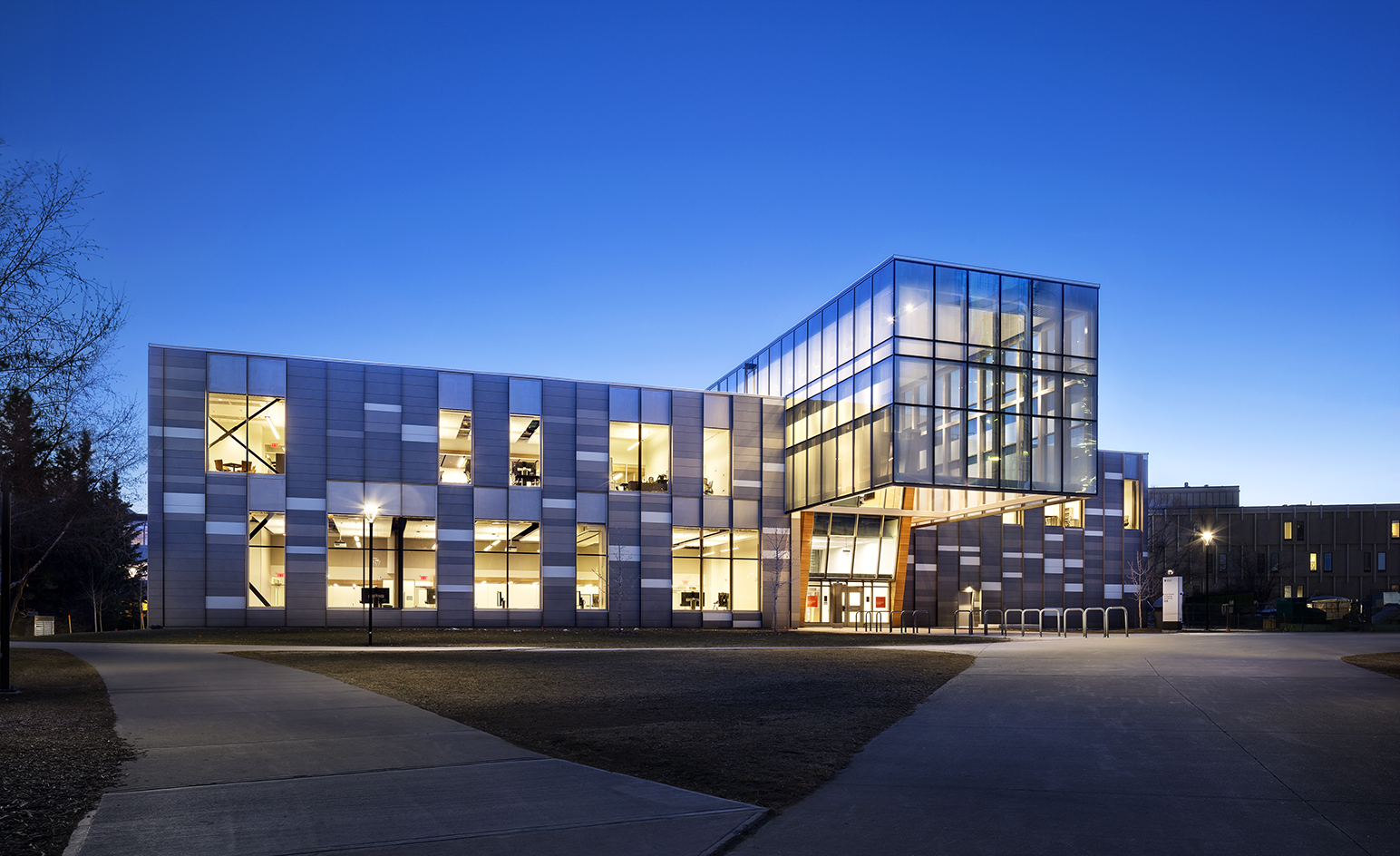
The space was created to celebrate and enhance learning in both structured and non-structured ways

The building was concieved to bring together different disciplines and act as an education laboratory for the campus
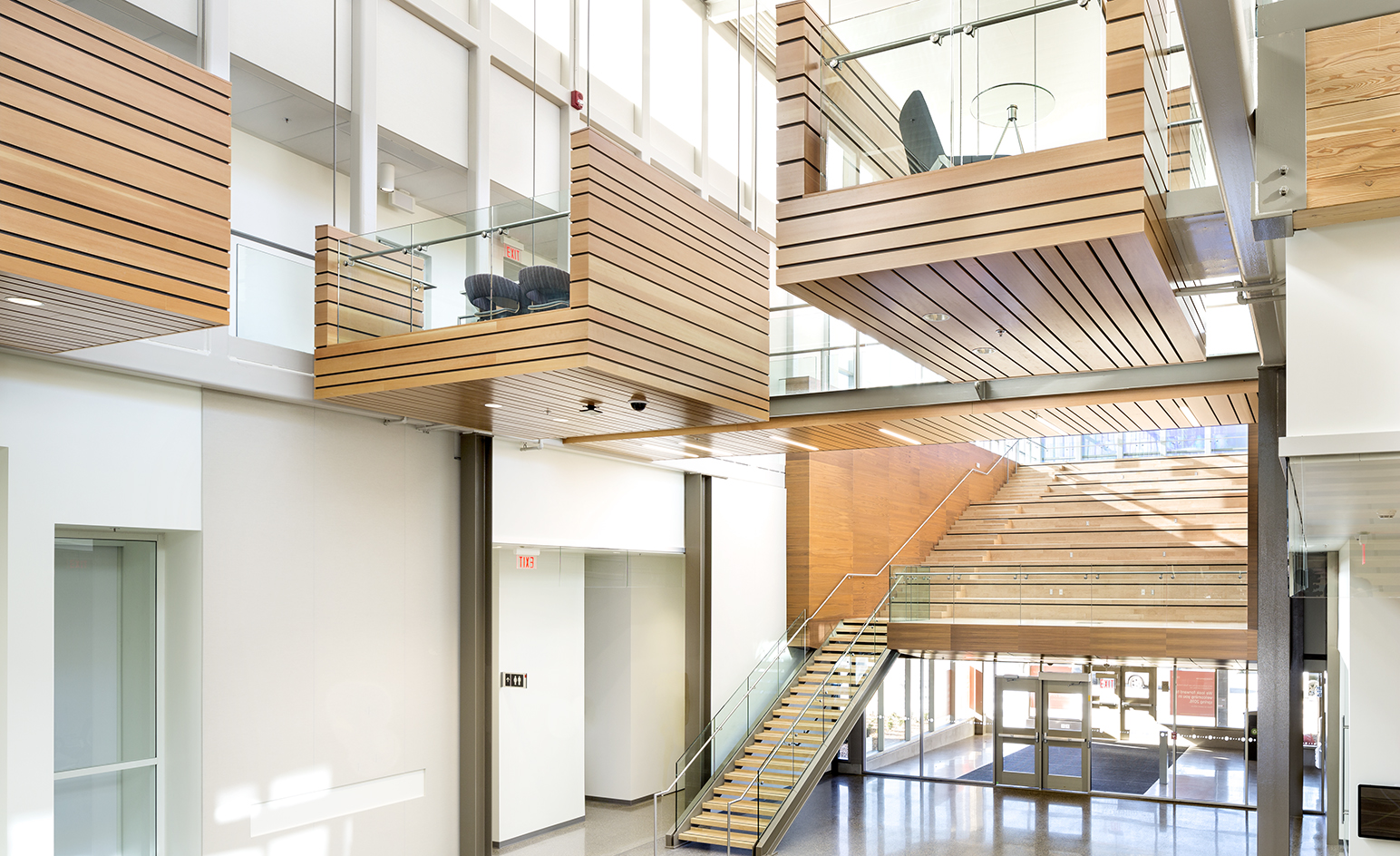
A generous glass atrium sits at the heart of the building, which is composed of two perpenticular rectangular boxes
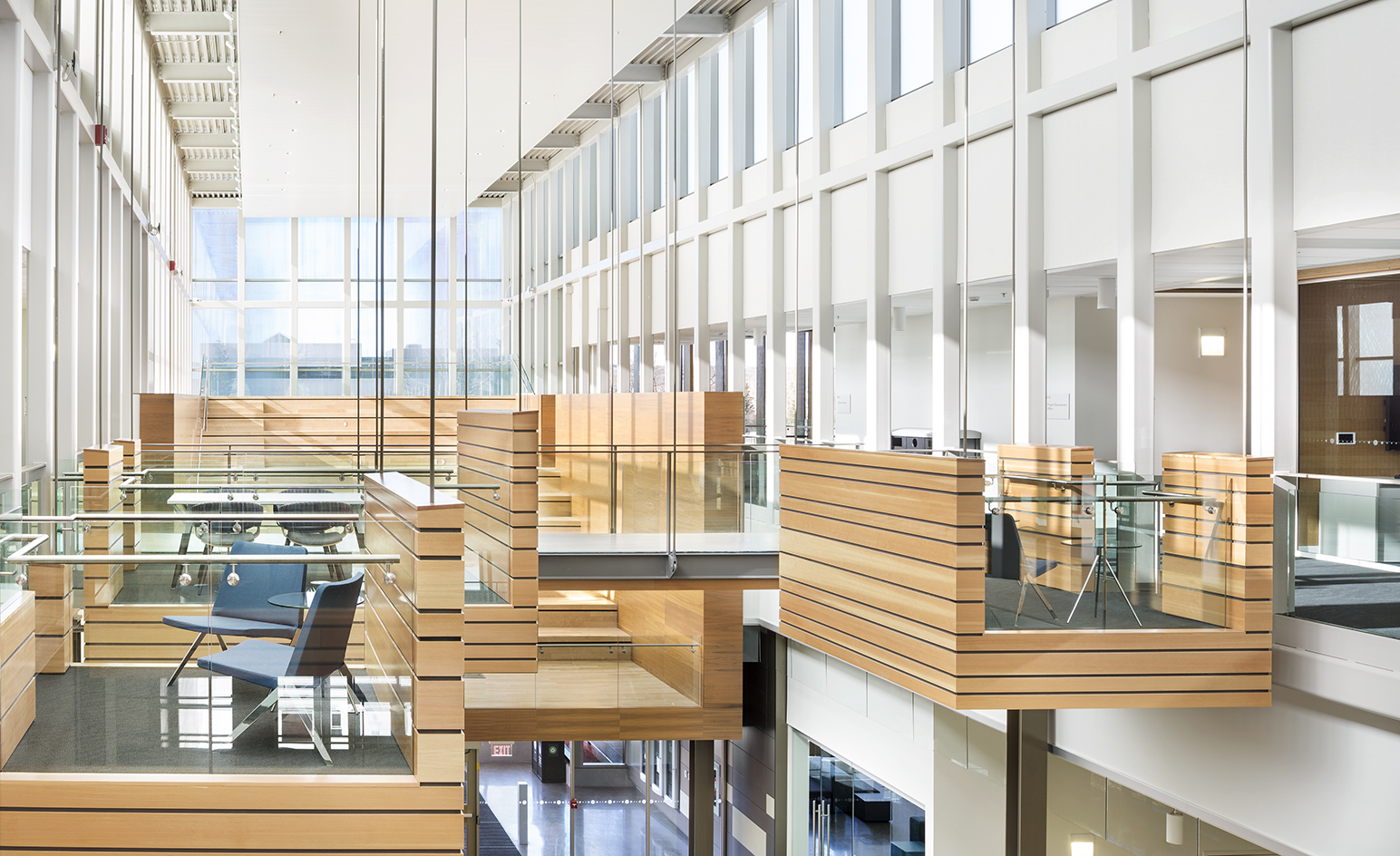
Inventive ’hanging pods’ – suspended by steel cables – offer intimate spaces for study groups and views of the atrium below
INFORMATION
For more information visit the Diamond Schmitt Architects website
Receive our daily digest of inspiration, escapism and design stories from around the world direct to your inbox.
-
 At last: a London hotel that’s great for groups and extended stays
At last: a London hotel that’s great for groups and extended staysThe July London Victoria, a new aparthotel concept just steps away from one of the city's busiest rail stations, is perfect for weekends and long-term visits alike
-
 Three new smartwatches showcase new frontiers in affordable timepiece design
Three new smartwatches showcase new frontiers in affordable timepiece designLong may you run: smartwatches from Withit, Kospet and OnePlus favour function and value above all else, demonstrating just how much the smartwatch has evolved in recent years
-
 Debuts, dandies, Demi Moore: 25 fashion moments that defined 2025 in style
Debuts, dandies, Demi Moore: 25 fashion moments that defined 2025 in style2025 was a watershed year in fashion. As selected by the Wallpaper* style team, here are the 25 moments that defined the zeitgeist
-
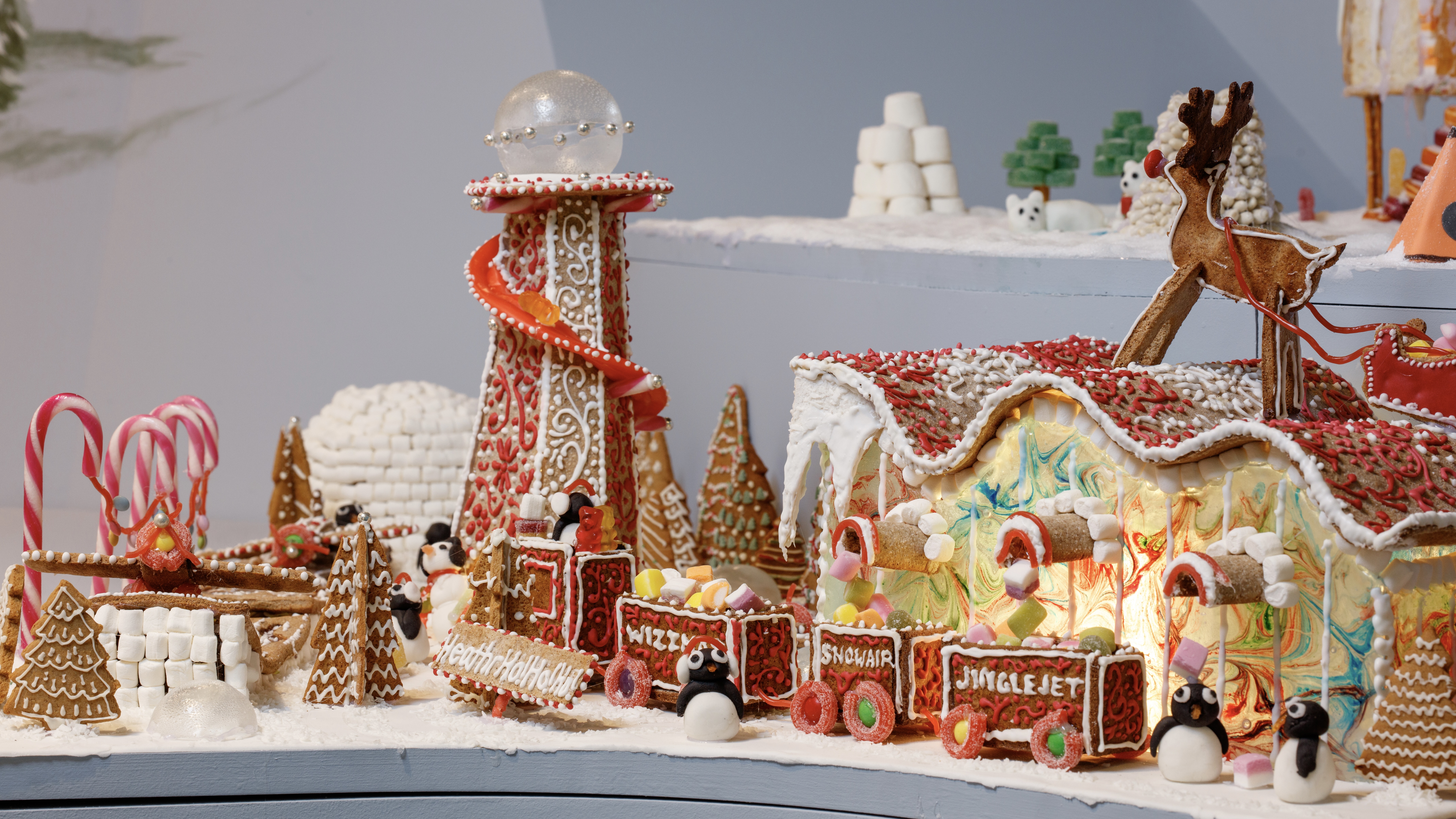 Welcome to The Gingerbread City – a baked metropolis exploring the idea of urban ‘play’
Welcome to The Gingerbread City – a baked metropolis exploring the idea of urban ‘play’The Museum of Architecture’s annual exhibition challenges professionals to construct an imaginary, interactive city entirely out of gingerbread
-
 The Architecture Edit: Wallpaper’s houses of the month
The Architecture Edit: Wallpaper’s houses of the monthFrom Malibu beach pads to cosy cabins blanketed in snow, Wallpaper* has featured some incredible homes this month. We profile our favourites below
-
 Explore the riches of Morse House, the Canadian modernist gem on the market
Explore the riches of Morse House, the Canadian modernist gem on the marketMorse House, designed by Thompson, Berwick & Pratt Architects in 1982 on Vancouver's Bowen Island, is on the market – might you be the new custodian of its modernist legacy?
-
 Cosy up in a snowy Canadian cabin inspired by utilitarian farmhouses
Cosy up in a snowy Canadian cabin inspired by utilitarian farmhousesTimbertop is a minimalist shelter overlooking the woodland home of wild deer, porcupines and turkeys
-
 Buy yourself a Sanctuary, a serene house above the British Columbia landscape
Buy yourself a Sanctuary, a serene house above the British Columbia landscapeThe Sanctuary was designed by BattersbyHowat for clients who wanted a contemporary home that was also a retreat into nature. Now it’s on the market via West Coast Modern
-
 La Maison de la Baie de l’Ours melds modernism into the shores of a Québécois lake
La Maison de la Baie de l’Ours melds modernism into the shores of a Québécois lakeACDF Architecture’s grand family retreat in Quebec offers a series of flowing living spaces and private bedrooms beneath a monumental wooden roof
-
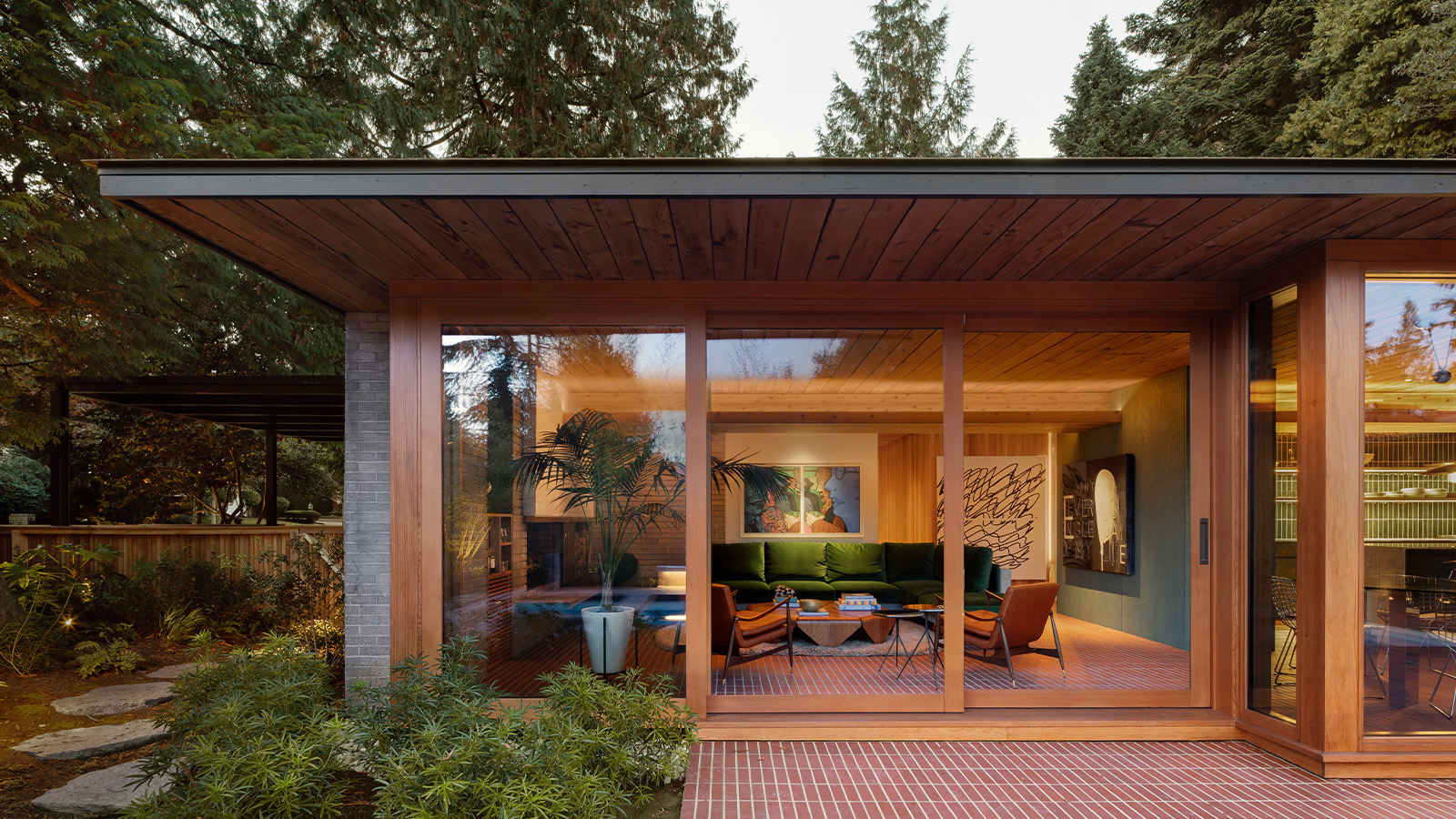 Peel back maple branches to reveal this cosy midcentury Vancouver gem
Peel back maple branches to reveal this cosy midcentury Vancouver gemOsler House, a midcentury Vancouver home, has been refreshed by Scott & Scott Architects, who wanted to pay tribute to the building's 20th-century modernist roots
-
 A spectacular waterside house in Canada results from a radical overhaul
A spectacular waterside house in Canada results from a radical overhaulSplyce Design’s Shoreline House occupies an idyllic site in British Columbia. Refurbished and updated, the structure has been transformed into a waterside retreat